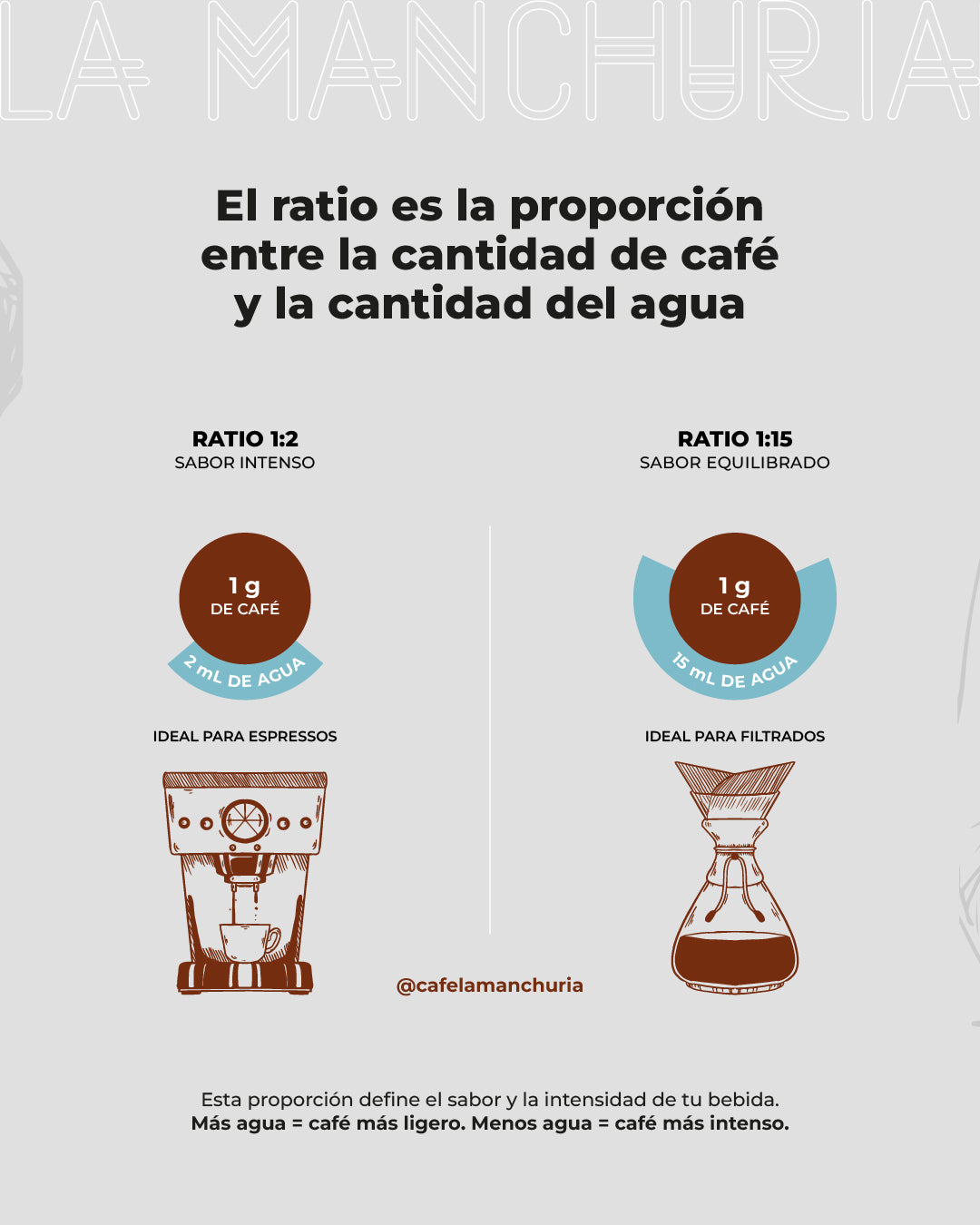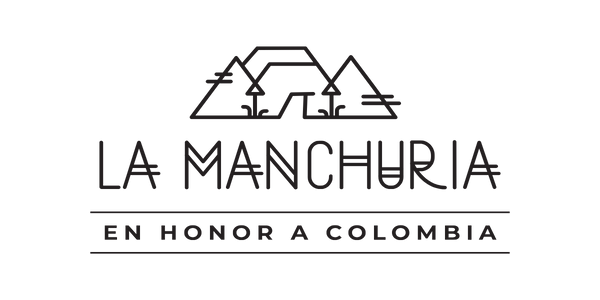
The Ratio in the Coffee
Compartir
Good coffee isn't a matter of luck. In addition to bean quality, freshness, and brewing method, there's one key factor that makes the difference between a perfect cup and a disappointing one: the ratio.
What is the ratio in coffee?
The ratio is the proportion between the amount of coffee and the amount of water used to prepare it. It's expressed as a ratio, for example: 1:15 means 1 part coffee to 15 parts water.
This number is important because it determines the intensity, body and balance of your drink:
-
If you use too much coffee for too little water, the drink will be very concentrated and possibly bitter.
- If you use too little coffee for too much water, the result will be watery and characterless.
The ratio is, in a nutshell, the basic recipe for ensuring each cup has the flavor and strength you're looking for.
While each method and each person may have different preferences, most baristas recommend a starting point:
Between 1:15 and 1:18
1:15 → More intense and full-bodied coffee.
1:18 → Smoother, lighter coffee.
For example, for 20 grams of coffee:
With ratio 1:15 → 300 ml of water.
With ratio 1:18 → 360 ml of water.

How to choose your ratio according to the method
Each brewing method extracts coffee differently, so the ideal ratio may vary:
- Pour Over (V60, Kalita, Chemex): 1:15 to 1:17 to highlight clarity and acidity.
- French Press: 1:12 to 1:15 for more body and texture.
-
Espresso: 1:2 to 1:2.5 (very concentrated).
Cold Brew: 1:8 to 1:10 (concentrated, then diluted).
The ratio is a starting point, but not a strict rule. The ideal is to test and adjust.
